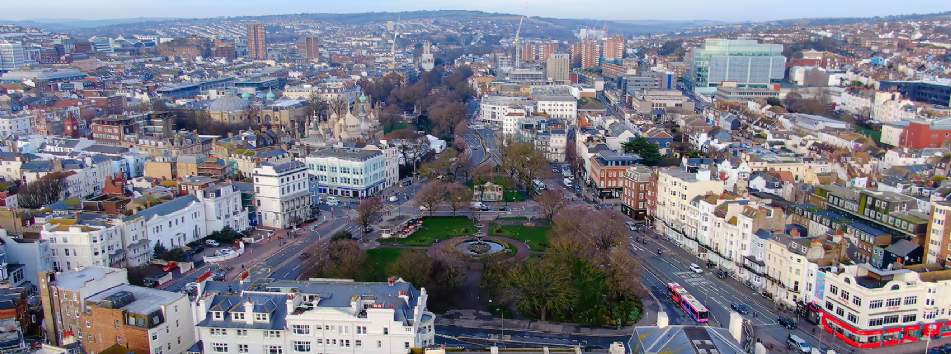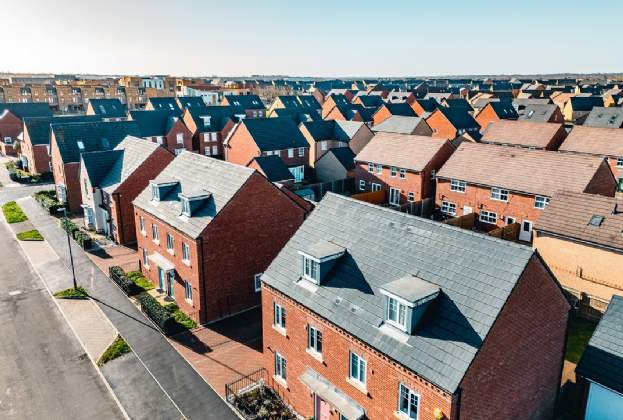Brighton and Hove will need to build more energy efficient homes and improve existing homes to reach its aim of becoming carbon neutral by 2030 and a zero-carbon city by 2050.
According to the latest research by Savills, domestic buildings contribute 40 per cent of total emissions in Brighton, with industrial and commercial buildings a further 29 per cent. The proportion of emissions from our homes is likely to have risen over the course of 2020 as we have spent more time indoors and working from home.
Brighton has delivered relatively little new housing in recent years; net housing delivery as a proportion of existing stock has averaged just 0.3 per cent since 2016, around a third of the national average. Not only is this holding back economic growth and stretching affordability, it’s also keeping a lid on Brighton’s housing energy efficiency.
New homes are much more energy efficient than older homes, with new builds emitting almost 70 per cent less CO2 per year than second-hand properties. The average new build home has an EPC score of 84.0 (B), compared with 62.0 (D) for existing stock. That means energy bills for new build homes are £223 less per year and they generate 2.7 fewer tonnes of CO2 per year, on average.
Most of Brighton’s existing homes were built before 1949 and properties built in this period have an average EPC score of 62, firmly in the middle of the D grade. The median efficiency score for a property built since the beginning of 2019 is 82, within the B grade.
Looking ahead, positive steps are being made. When it comes to creating planning policy requirements that will help in reducing carbon emissions and tackling climate change, Brighton and Hove City Council is ahead of most other local authorities. In its emerging City Plan Part 2, the council is seeking a minimum EPC rating of C for conversions and changes of use, and a rating of B for all new build development.
This is on top of the existing requirement for a 19 per cent enhancement on carbon emissions as set against standard Part L of the building regulations, and a requirement to ensure safeguarded space for future proofing within flatted schemes whereby blocks could be connected to district heating systems as and when they become available.
And while the English Channel may be a constraint for Brighton in finding land for homes, since 2018 it has helped create clean energy. The Rampion offshore wind farm comprises 116 turbines off the Sussex coast which can be seen from Brighton. It generates enough green electricity to power the equivalent of 350,000 UK homes. This is equal to almost half of all homes in Sussex. A further phase to expand the wind farm is also planned.
Our buildings, particularly our homes, can play a huge role in reducing carbon emissions. Land in Brighton is very constrained with the South Downs National Park to the north and the English Channel to the south, which means development will likely have to spread upwards, not outwards, to boost the delivery of housing.
This is already taking place with Optivo’s new high-density development along Lewes Road as well as mixed-use schemes by U+I and First Base close to Victoria Gardens.
Brighton and Hove is ahead of the curve in terms of planning policy requirements that will help in reducing carbon emissions but more needs to be done if it’s to meet its zero carbon targets.
Even after Covid-19 has gone, we anticipate more people will work from home more often, meaning more gas and electricity consumption. Providing new energy efficient homes and retrofitting existing stock are therefore hugely important in combating climate change.
Further information
Read more: How changes in commuting patterns, office development and new sectors will shape Brighton's future


.jpg)







